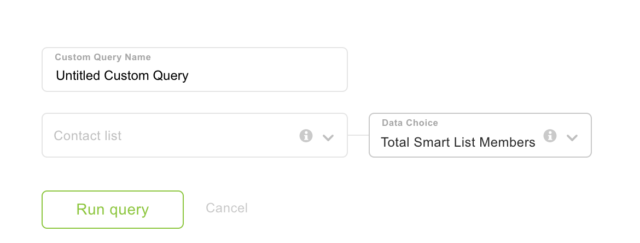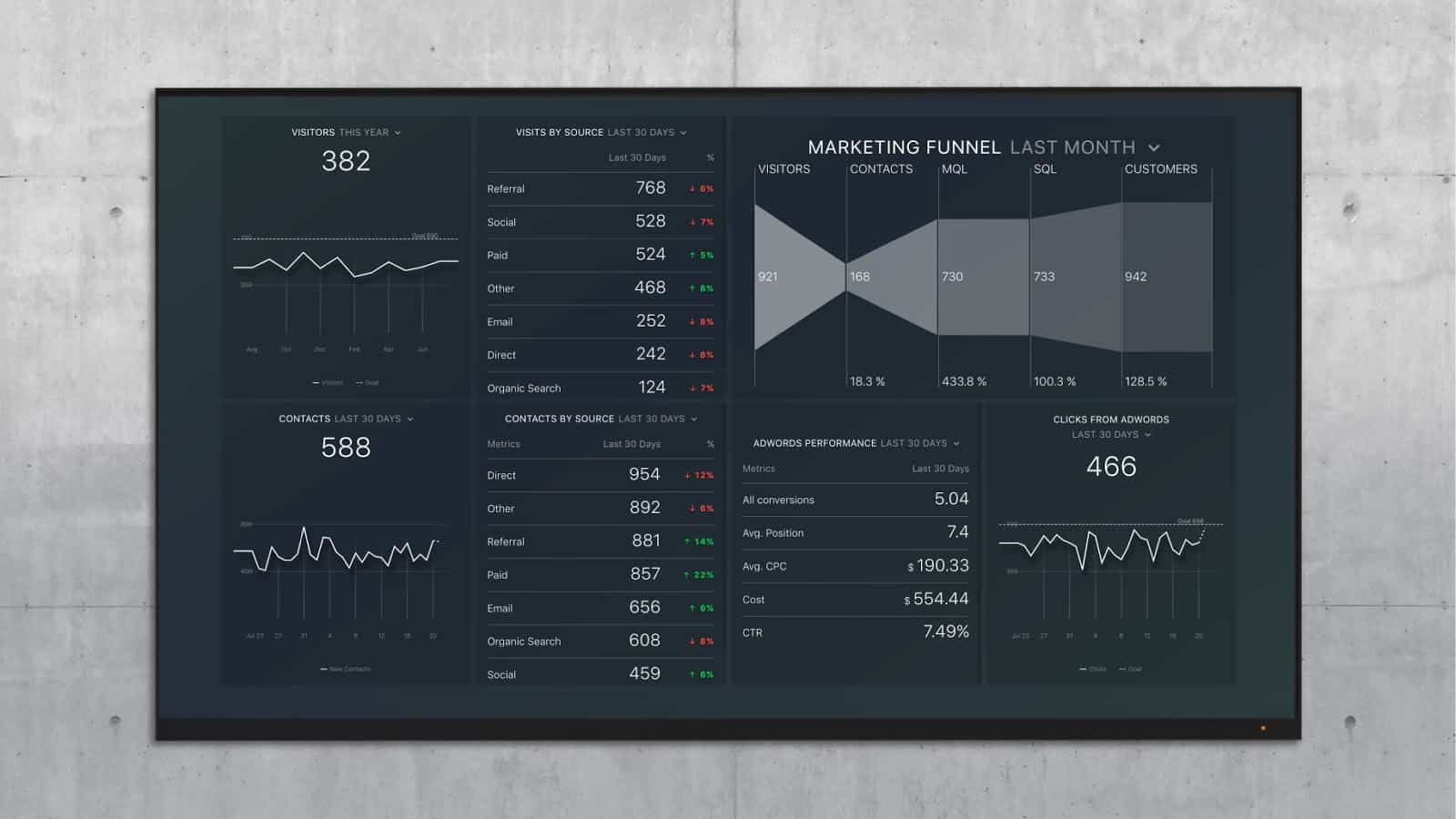Table of contents
Recipe Difficulty: 3 out of 5 (***)
Time Needed: 3-6 months+
They say, “Never write a blog when you are hungry”. Because if you do, your title and content will end up very much along the lines of this article…
Food is a huge passion of mine. Gordon Ramsay and Marco Pierre White are gods, in my eyes at least. I can listen to phrases like, ‘Mise en place’ (French phrase, pronounced: [mi zɑ̃ ˈplas]) for hours on end. (In English: ‘Prepare the dishes and ingredients before the beginning of service’).
Goal setting is a topic that usually causes much anxiety for agencies, strategists and account managers alike. In this blog post, I aim to use my passion for food to help showcase a framework for setting, monitoring, predicting and reporting on your client goals.
FOR THIS RECIPE YOU WILL NEED:
- Client (A comprehensive understanding of this client and the services they offer is advised)
- Agency strategist(s) (depending on the weight and experience)
- Goals (optional, but realistic if possible)
- Past data (if available)
- Some Agile Marketing practices
- Real-time data tracking platform. (Databox works pretty well here)
1- PREPARATION
Combine the client and the strategist together in a comfortable room. Add coffee.
The first session requires you to sit down, unpack the client’s current status and agree on the one primary goal that you are working towards.
Don’t dilute your efforts. Focus on what you want to achieve. The client may want a figure such as “1000 customers” to meet their end of year target. From your experience, you know this is unattainable, but don’t stress that just yet.
2- GATHER INFORMATION ON YOUR CLIENT’S HISTORIC MARKETING STRATEGIES OR TACTICS
Work out how your client has been spending their budget. Ask for past performance reports. Determine what they have been measuring as success metrics. Calculate an ROI value relative to the channels your client has been using.
Confirm whether or not you agree. Most clients do not have past data and these benchmarks will need to be set in the following six months. This needs to be explained to the client.
3- SET EXPECTATIONS AND UNDERSTAND THE SALES CYCLE OF YOUR CLIENT’S PRODUCT OR SERVICE OFFERING.
If your client’s customer requires six months on average to purchase, then they will surely only begin to see revenue growth after month six.
If the client has only been closing one client per month, shifting to 20 new clients per month is surely not realistic. Moreover, you may have just started with your inbound or other digital strategy. This will take time to build momentum.
4- SET THEIR NEW GOALS
To set the upfront expectations, look at the current revenue and marketing spend and map this to the seasonality of the product or industry over a two year period. Create some form of ratio between marketing spend and top-line revenue. This calculation can be tough because spend is not necessarily linear to the the bottom line.
Remember when I said, “Don’t worry about the outrageous goals given to you by your client!”
Well, this is where you need to take the past data given to you by the client. This is where your experience comes in to figure out what works to achieve the new goals.
As a marketer, all you need to do is essentially benchmark yourself against the client’s current or previous performance historic performance…
If you can show growth compared to the previous year-on-year or month-on-month strategies and show that you are working towards the goal at hand, you have won half the battle. Essentially, you are trying to look at the ROI from your spend and compare that to historic data.
Use the first model in conjunction with your benchmarks to show performance and growth to your clients.
5-IDENTIFY THE STRATEGY
Most strategists end up fixated on the end goal. Instead, identify where your client’s customers are coming from currently.
As a strategist, you may want to do everything for your client in one go, but this is not scalable nor is it achievable with limited budgets and resources. Fully understand the buyer’s journey of the target personas and go for the low-hanging fruit first.
This may vary from client to client. One client may not have CTAs on the website, and another may have a list of 100,000 contacts which have never received any email marketing. It is your job to run exploratory workshops with the client to uncover these opportunities.
6- PLANNING A GOAL DRIVEN STRATEGY
It’s important to identify the levers that could aid in driving your big goals. I believe when it comes to marketing there is always a why and a because. In a nutshell, why have we chosen to do something? It is because of…
At MPULL, we recommend planning in 13-week cycles. Essentially, these are 3-month plans. Lay out what you are going to achieve in those 3 months. Identify the actions or levers which will move the goal. Then, the next step is identifying what moves the levers. These are the tactics that drive your overall metrics.
7- POP IT IN THE OVEN AND MONITOR
Like in cooking or baking, results may vary. A daily glance at your client tracking dashboard will let you know if anything is broken or if there are gaps that need to be filled. Results may vary, as with any recipe, but if the oven is too hot, turn it down. In this case, the temperature knob is like a strategic agile marketing plan. If something is not working, then rotate the dial to another setting and get it back on track.
Once we have some data, we can set benchmark goals.
We use calculated metrics and Query Builder in Databox to hone in on the data we care about and avoid vanity metrics. A good example here is the HubSpot Query Builder, which allows us to drill down on Lists and Campaign goal metrics.

The HubSpot Query Builder in Databox
We recommend creating some form of performance dashboard. This is a high-level overview of your entire strategy. Look at this once a week at a minimum, and send a weekly update to your team. Make sure everyone is accountable for the strategy and the success of the strategy. Collaboration is key to making sure everyone (including your client) is on the same page when it comes to tracking your goals.
We use the HubSpot + AdWords Top of Funnel Dashboard to make sure we are on pace to meet monthly goals.

If you would like to comment on whether pineapple belongs on a pizza or not, or have any feedback on this article, please feel free to drop me a message.













